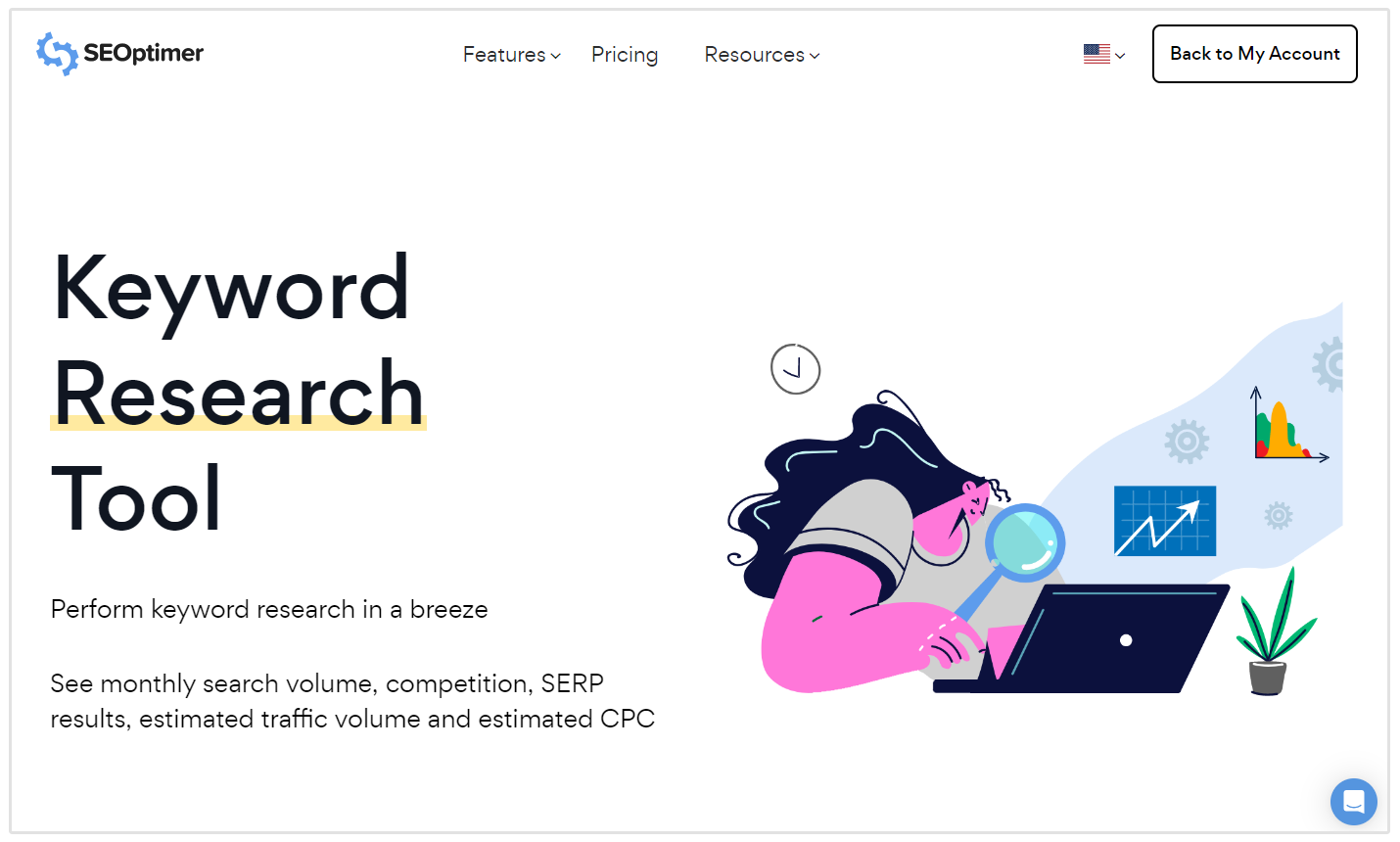Revealing the Influence of Additional Measurement in Google Analytics on Information Evaluation and Insights
In the world of data analytics, the use of secondary dimensions within Google Analytics has actually become an essential tool for removing deeper insights and unraveling facility patterns that may otherwise remain covered. By peeling off back the layers of key data collections, second measurements supply a nuanced perspective that enriches the understanding of customer actions, web site performance, and the performance of advertising and marketing strategies. The true effect and untapped potential of additional measurements are commonly underestimated, outweighed by the attraction of primary metrics. As we navigate through the complex landscape of information analysis, the significance of secondary measurements ends up being significantly evident, losing light on critical information that hold the key to educated decision-making and strategic optimizations.
Discovering the Concept of Secondary Measurements
Additional dimensions in Google Analytics offer additional insights by enabling customers to evaluate main information in combination with a secondary feature. By incorporating second dimensions, users can delve much deeper right into the data and discover important relationships that might or else go undetected - what is a secondary dimension in google analytics.
By checking out the various secondary dimensions available in Google Analytics, users can open new understandings and maximize their electronic marketing efforts. In essence, additional dimensions offer as a powerful tool for improving data analysis and driving actionable outcomes.
Enhancing Data Interpretation With Secondary Dimensions
Having established the foundational understanding of additional measurements in Google Analytics and their crucial role in information evaluation, the focus now moves towards leveraging these secondary credit to enhance the interpretation of analytics information (what is a secondary dimension in google analytics). By integrating additional measurements right into data evaluation, experts can acquire much deeper understandings into individual behavior, website efficiency, and marketing performance

Additionally, additional dimensions aid in contextualizing main data metrics by giving additional layers of info. This contextualization help in understanding the 'why' behind the information fads, assisting experts make informed decisions and optimizations to enhance general performance. Inevitably, including additional dimensions improves the data interpretation procedure, resulting in even more critical actions and purposeful understandings.
Discovering Hidden Insights With Secondary Measurements
Exploring the midsts of analytics data with second dimensions reveals useful insights that would certainly otherwise continue to be obscured. By integrating second measurements in Google Analytics, companies can uncover covert patterns, fads, and correlations that provide an even more comprehensive understanding of individual actions and internet site efficiency. These extra layers of information allow analysts to dig deeper right into the key dimensions, such as web traffic sources or landing pages, and get a more nuanced point of view on how various variables interact with each other.
Via the use of additional measurements, analysts can section here and contrast information across different measurements, enabling them to determine certain variables that influence individual involvement, conversion rates, and overall success metrics. As an example, by coupling the primary dimension of 'gadget group' with the second measurement of 'age team,' marketing professionals can determine which age demographics prefer accessing the website through mobile devices versus desktops. This level of granularity empowers companies to make data-driven decisions and optimize their methods for far better outcomes. Inevitably, uncovering surprise insights through second measurements enhances the depth and accuracy of data evaluation, bring about even more educated decision-making and enhanced performance results.
Leveraging Additional Dimensions for Actionable Analytics
Structure upon the insights unveiled with second measurements in Google Analytics, companies can currently harness this enriched information landscape to drive actionable analytics and critical decision-making. By leveraging secondary measurements, companies can dive deeper right into their data to draw out important patterns, trends, and correlations that may have formerly gone unnoticed. This deeper degree of analysis allows businesses to get an extra comprehensive understanding of individual behavior, campaign efficiency, and general internet site effectiveness.
One secret benefit of utilizing second dimensions for workable analytics you could look here is the capacity to segment data based on specific requirements. This division permits companies to tailor their strategies and campaigns to different audience teams, bring about much more targeted and reliable marketing initiatives - what is a secondary dimension in google analytics. Additionally, additional dimensions give an even more holistic view of individual communications, making it possible for businesses to enhance their web site web content, design, and overall individual experience
Making The Most Of Decision-Making With Second Dimensions
To enhance tactical decision-making in analytics, leveraging additional dimensions in Google Analytics can offer an extra nuanced viewpoint on customer actions and campaign performance. By integrating second dimensions into data analysis, services can dive much deeper into the specifics of their internet site site visitors' interactions and engagement patterns. This additional layer of details permits for an extra detailed understanding of exactly how different variables, such as demographics, devices, or traffic sources, impact essential performance indicators.

Final Thought
Finally, the use of additional dimensions in Google Analytics plays an important role in improving data evaluation and uncovering concealed insights. By discovering this concept, one can obtain a deeper understanding of customer behavior and make notified choices based upon workable analytics. Leveraging additional measurements permits a much more extensive interpretation of data and maximizes the efficiency of decision-making procedures.
